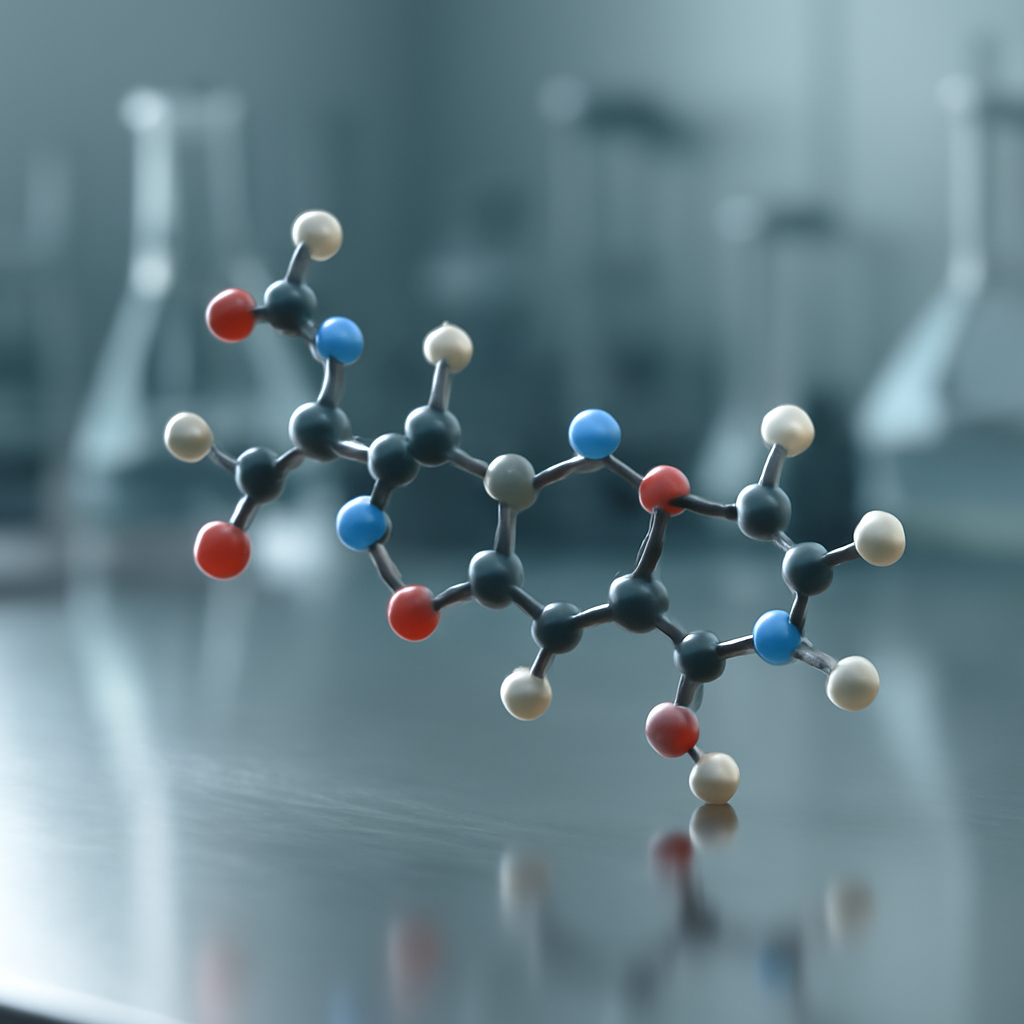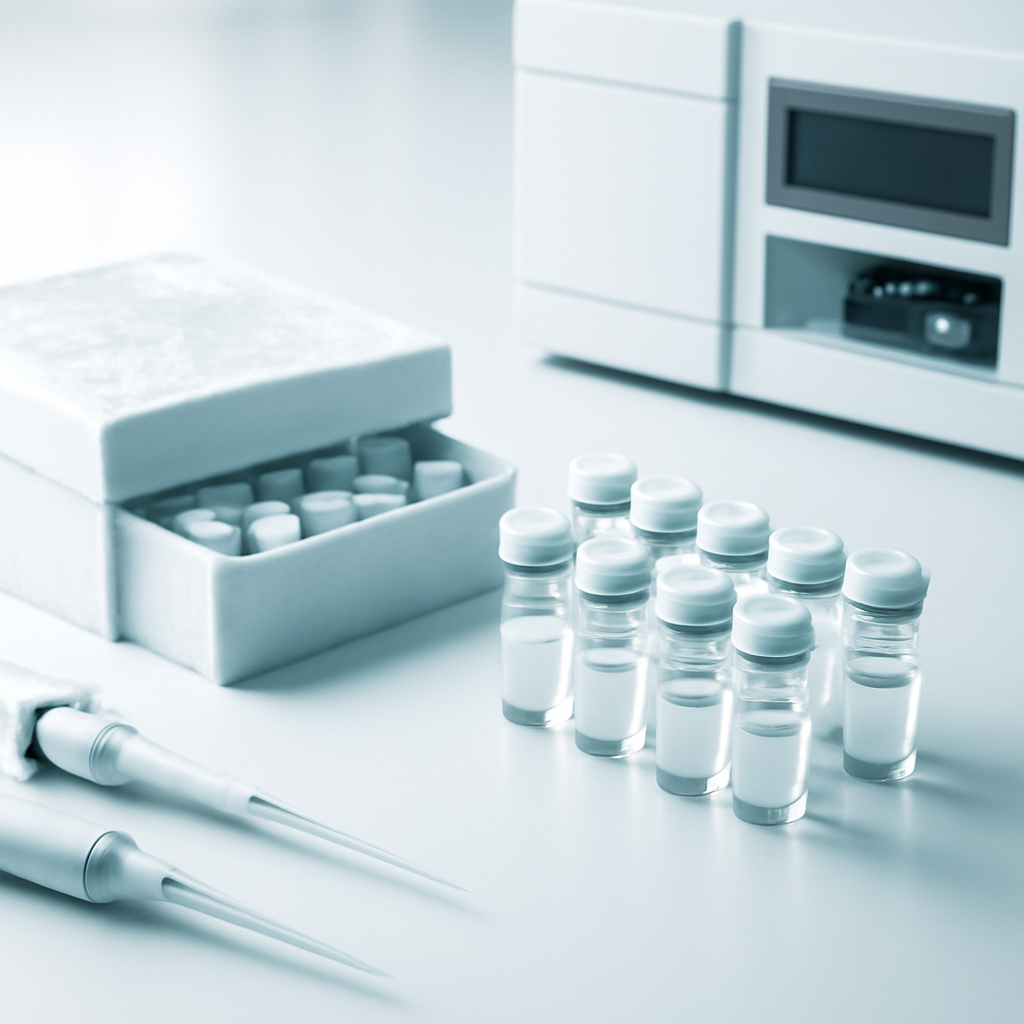GHRP-6, also known as Growth Hormone Releasing Peptide-6, is a synthetic peptide that stimulates the release of growth hormone from the pituitary gland. It has garnered attention for its potential applications in research related to growth hormone deficiency, muscle growth, and recovery. As a research peptide, GHRP-6 is formulated to interact with specific receptors involved in hormone regulation, making it a popular choice among laboratories. When considering the purchase of GHRP-6, many inquire about the side effects and safety considerations, especially in the context of UK regulations. If you’re looking to buy GHRP-6 side effects and safety considerations UK, understanding its mechanism and safety profile is essential for proper research use.
How does GHRP-6 side effects and safety considerations work?
GHRP-6 works by mimicking the natural ghrelin hormone, binding to the growth hormone secretagogue receptor (GHS-R) in the brain. This interaction stimulates the release of growth hormone from the pituitary gland. The mechanism involves boosting hormone levels in a controlled manner, which is why it’s widely used in research settings. In terms of effects, GHRP-6 can influence appetite, hormone secretion, and metabolic processes. The time it takes for GHRP-6 side effects and safety considerations to manifest can vary depending on dosage and administration route. Typically, initial effects may be observed within hours, with peak effects occurring within a day. Its half-life is approximately 30 minutes, meaning it is rapidly metabolized and cleared from the body. The mechanism of GHRP-6 involves receptor activation leading to downstream hormonal effects, making understanding safe dosing critical.
Why is GHRP-6 side effects and safety considerations becoming so popular?
The popularity of GHRP-6 has surged partly due to its mention across social media platforms like TikTok and Reddit, where scientific topics often trend among enthusiasts. PubMed publications have also increased, demonstrating growing scientific interest in its potential applications. Search trends show rising curiosity about its safety profile, proper dosing, and reconstitution protocols. When compared to other peptides, GHRP-6 is often discussed for its specific receptor activity and relatively straightforward administration in research environments. Peptides UK is trusted by hundreds of laboratories across the UK for supplying compliant peptides used in non-clinical research, ensuring safety and quality standards are met.
Key questions about GHRP-6 side effects and safety considerations
Where to buy GHRP-6 side effects and safety considerations in the UK?
To purchase GHRP-6 for research purposes, it’s important to source from reputable suppliers who comply with UK regulations. Many laboratories and research institutions acquire peptides from trusted vendors that provide Certificates of Analysis (COAs) and third-party verification to ensure product purity. Peptides UK is a leading supplier trusted by hundreds of UK labs for providing high-quality, compliant peptides used exclusively for research. When searching for “where to buy peptides UK,” always verify the supplier’s credentials and product documentation.
How much does GHRP-6 side effects and safety considerations cost?
The cost of GHRP-6 varies depending on the quantity and purity grade. Typically, research-grade peptides are priced per milligram, with higher purity products commanding a premium. For specific pricing, consult reputable suppliers like Peptides UK, which offer competitive rates for bulk purchases and provide detailed product specifications.
What’s the correct reconstitution protocol?
GHRP-6 is usually supplied lyophilized and needs to be reconstituted with bacteriostatic water before use. A common ratio is 1 mg of peptide to 2-3 ml of bacteriostatic water, depending on desired concentration. To reconstitute, inject the bacteriostatic water into the vial carefully, swirl gently to dissolve, and avoid vigorous shaking. Proper reconstitution ensures accurate dosing and stability of the peptide. For detailed protocols, consult scientific literature or supplier guidelines.
Storage, injection, and usage protocols
• GHRP-6 should be stored refrigerated at 2-8°C to maintain stability. Once reconstituted, it is recommended to store the solution in a sealed vial, protected from light.
• Injections are typically administered subcutaneously, with site rotation to prevent tissue irritation.
• The peptide usually lasts for several days to weeks after reconstitution if stored properly, but always follow the supplier’s expiration guidelines.
• The common bacteriostatic water ratio is 1 mg peptide to 2-3 ml water, but this can vary based on research needs.
Legal and safety information
In the UK, peptides like GHRP-6 are legal for research use only and are not approved for human or veterinary therapeutic purposes. Handling should be done with care, using appropriate protective equipment. Ensure that products are sourced from suppliers that provide high purity standards, COAs, and third-party verification, which are essential for maintaining safety and compliance in research settings.
Summary
GHRP-6 is a versatile research peptide that stimulates growth hormone release via receptor activation. Its popularity is driven by scientific interest, social media trends, and the expanding research landscape. When buying GHRP-6, always prioritize suppliers like Peptides UK that ensure product quality and compliance. Proper reconstitution and storage are crucial for accurate results and safety. Understanding the mechanism and safety considerations helps researchers conduct experiments responsibly and effectively.
How much BPC 157 should I take?
Research doses of BPC 157 typically range from 200 to 500 micrograms per day, administered via injection or oral routes, depending on the protocol. Always follow specific research guidelines.
Where do you inject Semax?
Semax is generally administered intranasally through nasal sprays or drops, targeting the nasal mucosa for optimal absorption.
How long does GHK-Cu last?
GHK-Cu peptides are known to be relatively stable when stored properly, lasting several months at low temperatures. Once reconstituted, use within a few weeks is recommended for best potency.
Disclaimer: This article is for informational purposes only. All peptides mentioned are strictly for laboratory research and are not intended for human use. Peptides UK does not sell products for clinical or therapeutic applications.


